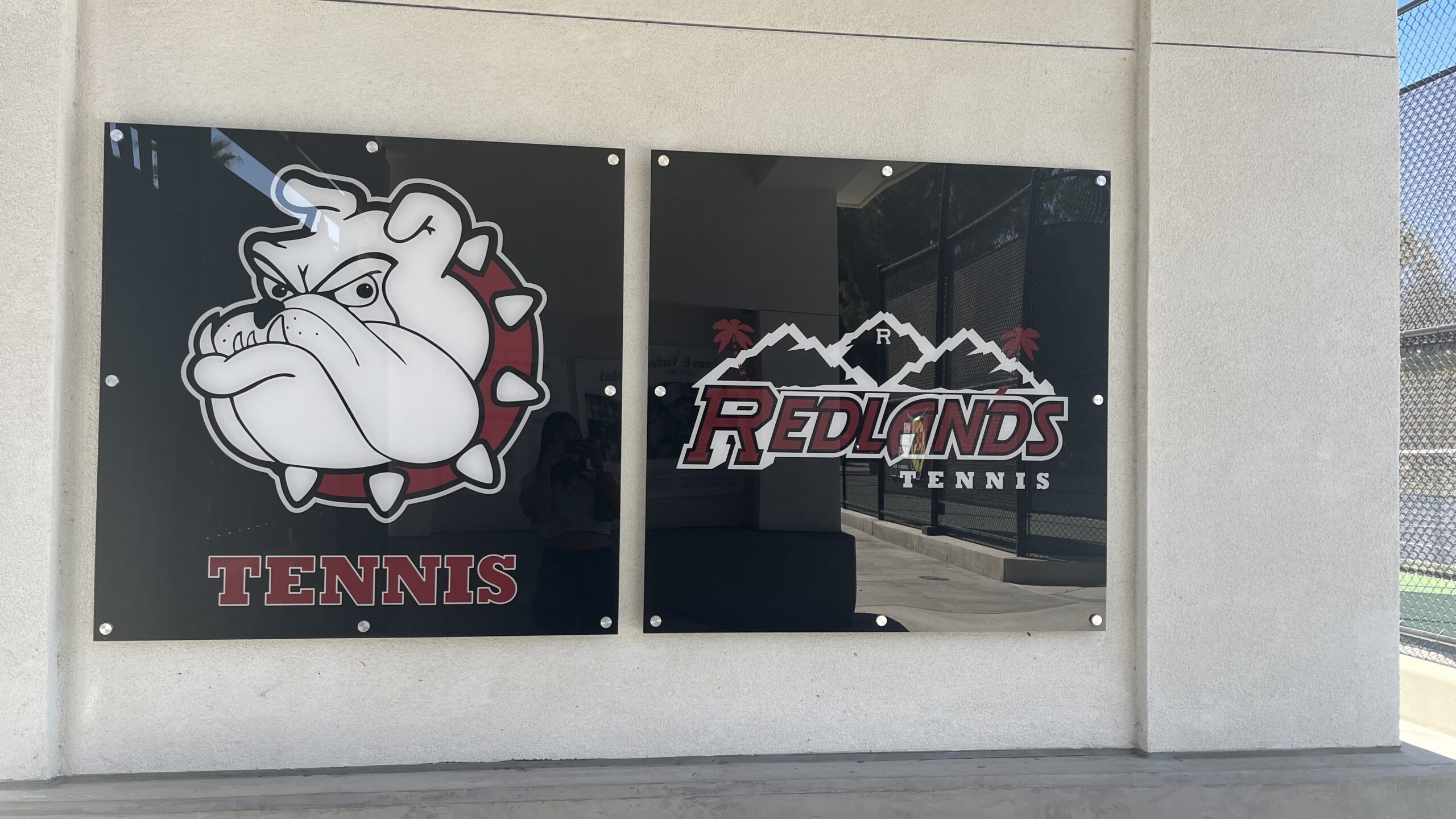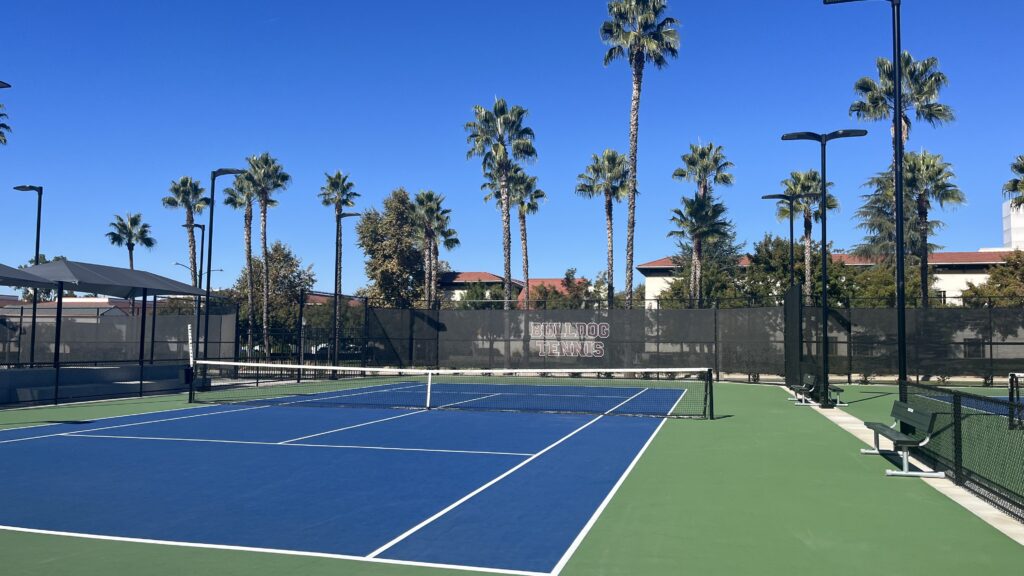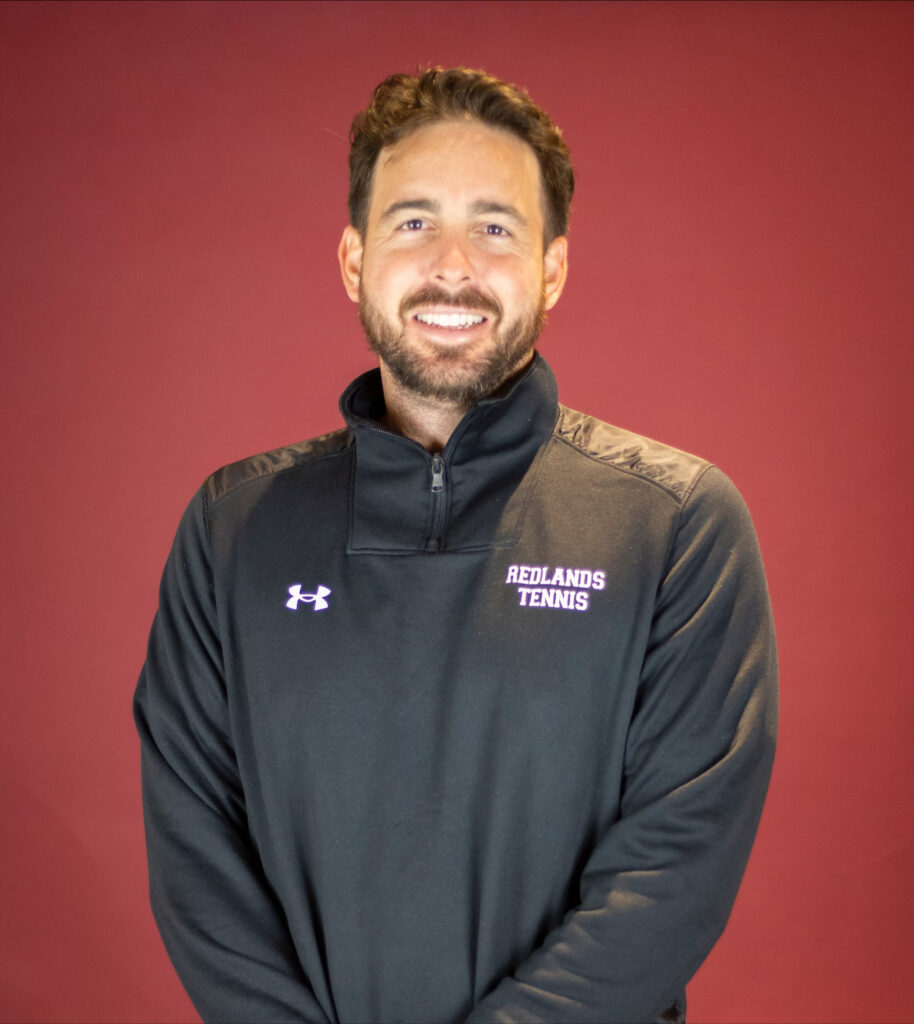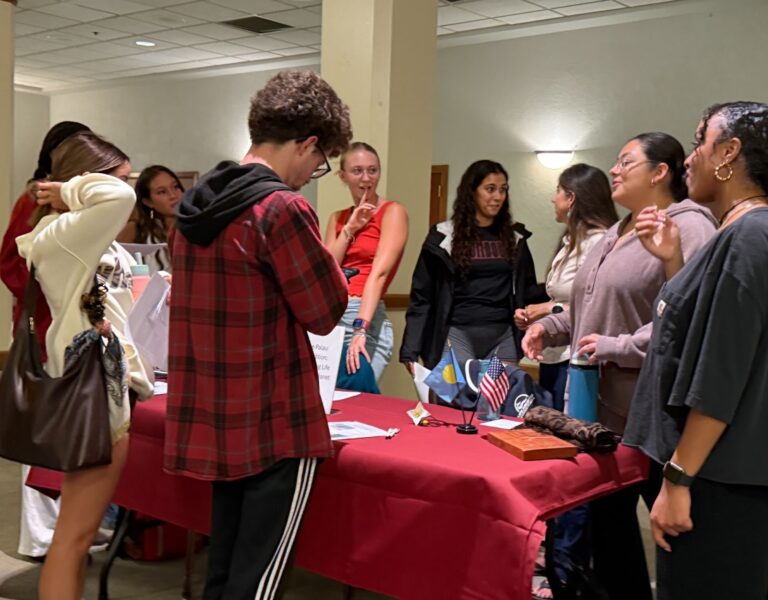
If you had to guess, where on campus could you go to find international students? Perhaps Hunsaker, the pinnacle of outreach and diversity with Student Affairs, Community Service and Learning, and the Pride Center all in one building. Perhaps Hall of Letters, where advanced language courses are taught by faculty from all over the globe. But would you care to take a look at the tennis courts?

According to the university’s online athletics team rosters, all but a handful of the sport teams in the university have no international players at all, with many having over half of their students being from California. Yet, the tennis team stands out for its high international involvement.
Christine O’Brien ‘25, a tennis player from Kansas, explains, “Tennis is a global sport that brings in a lot of traction from all over the world. There’s so many opportunities for international students to have an amazing educatio, and possibly be on scholarships to play a sport at a high level.”
However, there are many sports that are similarly global and do not attract the same amount of involvement from international students at the university. O’Brien believes, “Internationally, a lot of people grow up playing soccer, they go pro there since soccer is better there. But for tennis you can get a scholarship from academics and have the ability to play even if you’re not wanting to go pro. It just gives you that access to college education for cheaper.”
In an interview with Pete Yellico, coach of the men’s and women’s tennis teams, Yellico explains he has pinpointed places around the globe where “tennis is their forefront of what they do in their country,” where it is their main sport. Yellico makes a point to always try to meet potential players and recruiters, arranging virtual meetings and online campus walks whenever possible. He explains, if someone reaches out to him, he always responds, no matter who it is. Even if it is someone who may not play right away to the team, he believes in “turning over every stone, and answering the email, getting to know that person and seeing if they are passionate about the game.”

This strategy leaves a strong impression on the players, as tennis player Linh Hong Nguyen ‘27, who is from Vietnam but graduated from high school in Florida, expressed, “What makes Redlands’ recruiting process stand out [is] the speedy and enthusiastic responses from the faculty, from Coach Peter to the financial aid office or admission office.”
Part of the appeal is the number of international students already playing in the team. Yellico recalls that the question every international student athlete asks him during the recruitment process is, “Are there any international students in the program?’
“So having some international students definitely helps make the prospective student athlete more comfortable, to know that it’s a diverse program,” Yellico said.
The university’s location is also a big attracting factor for prospective students. Coach Yellico believes that geographically, the area of Southern California is one of the most instantly recognizable places in the globe. He explains people tend to recognize the New York and Los Angeles areas, and are quick to recognize Redlands as the latter, increasing its appeal to prospective student athletes.
Student experience supports the Coach’s theories as international tennis player Luke Watson ‘25 from the UK remembers, “I went through a recruitment agency in the UK that had connections to many US colleges. I decided to commit to the University of Redlands because I wanted to play college tennis in Southern California. The location and the campus looked desirable and the facilities and opportunities available made my decision clear.”
The effectiveness of the tennis team’s recruitment of international students is more than just a byproduct of the national trend or the university’s location. It is a result of the combined efforts of all the people who are involved with the team. They act as an example for creating a healthy community of students from around the globe.





